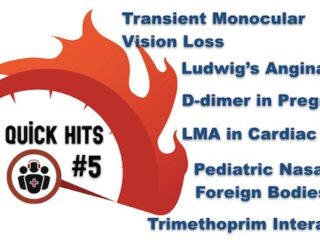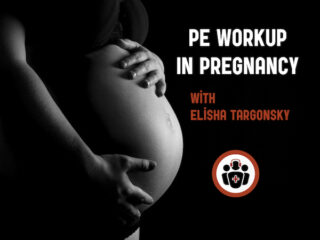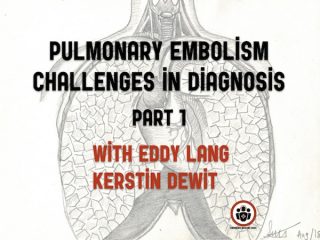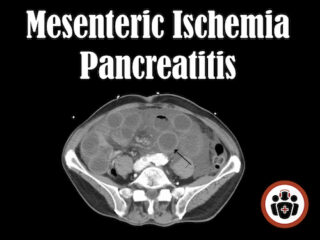EM Quick Hits 5 Ludwig’s Angina, Transient Monocular Vision Loss, D-dimer for PE Workup in Pregnancy, Pediatric Nasal Foreign Bodies, Trimethoprim Drug Interactions, Airway Management in Cardiac Arrest
In this EM Quick Hits Podcast: Ludwig's Angina Emergency Management - Approach, Airway, Imaging, Transient Monocular Vision Loss (TMVL), D-dimer in the Work-up of Pulmonary Embolism in Pregnancy, Management of Pediatric Nasal Foreign Bodies: Tips and Tricks, Sulfamethoxazole-Trimethoprim Drug Interactions and Airway Options in Cardiac Arrest - LMA for all?...










